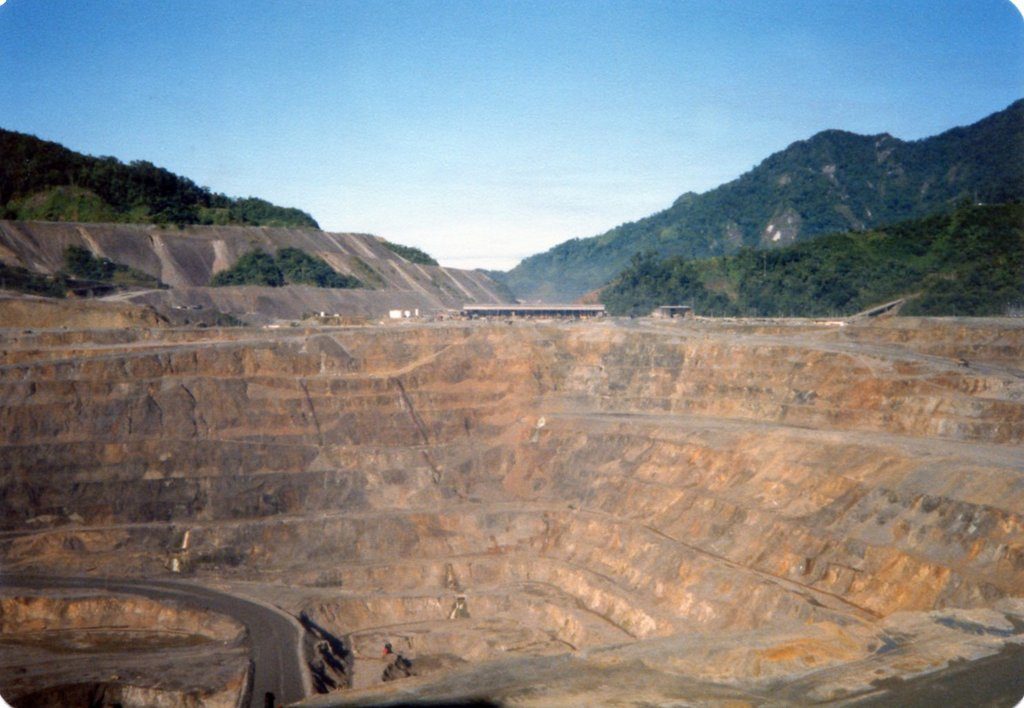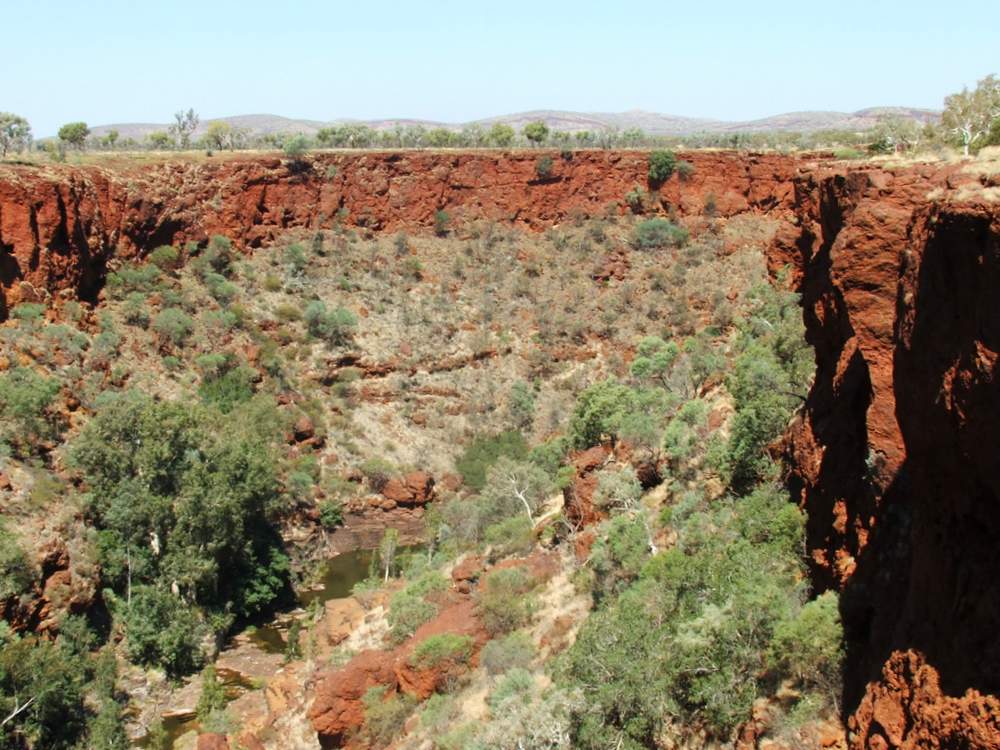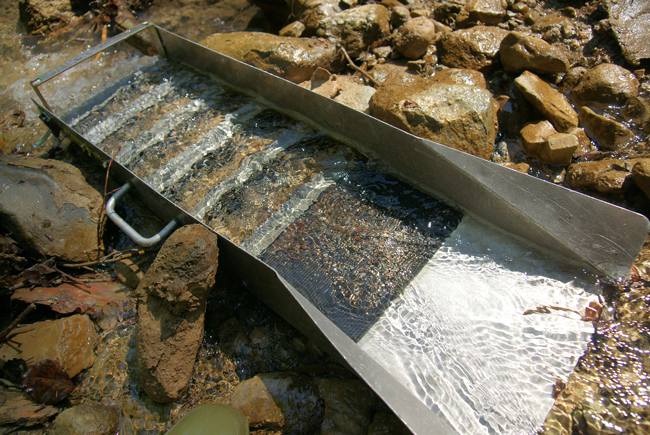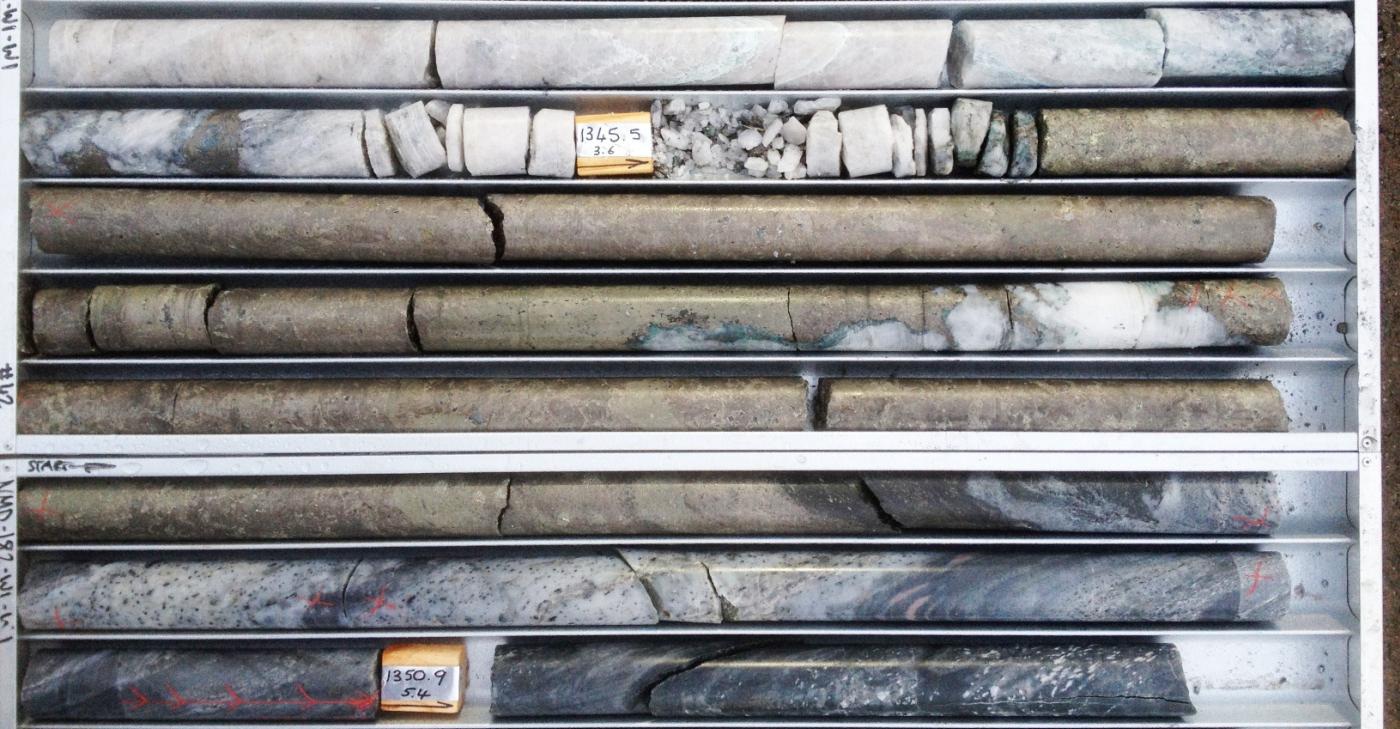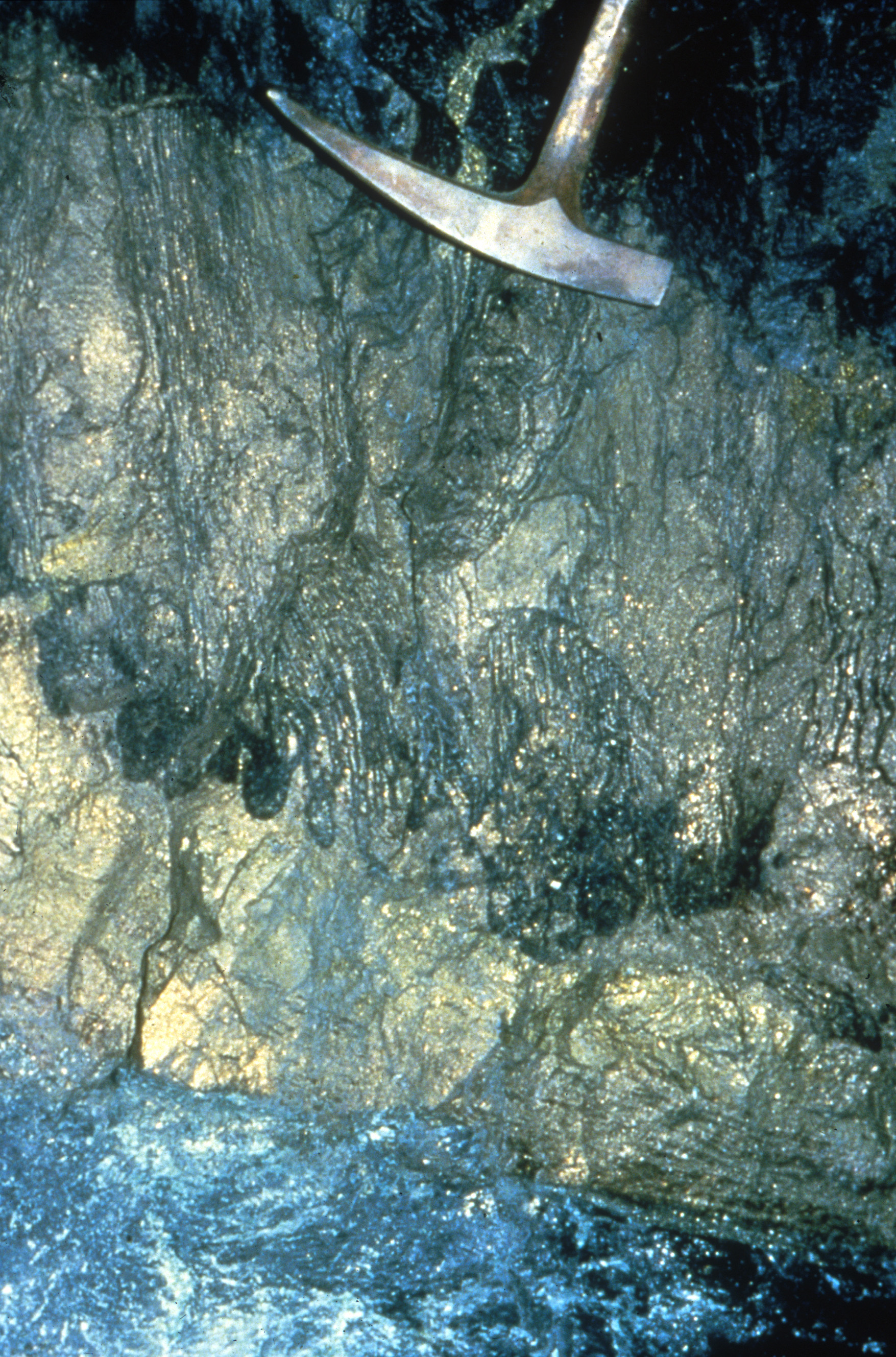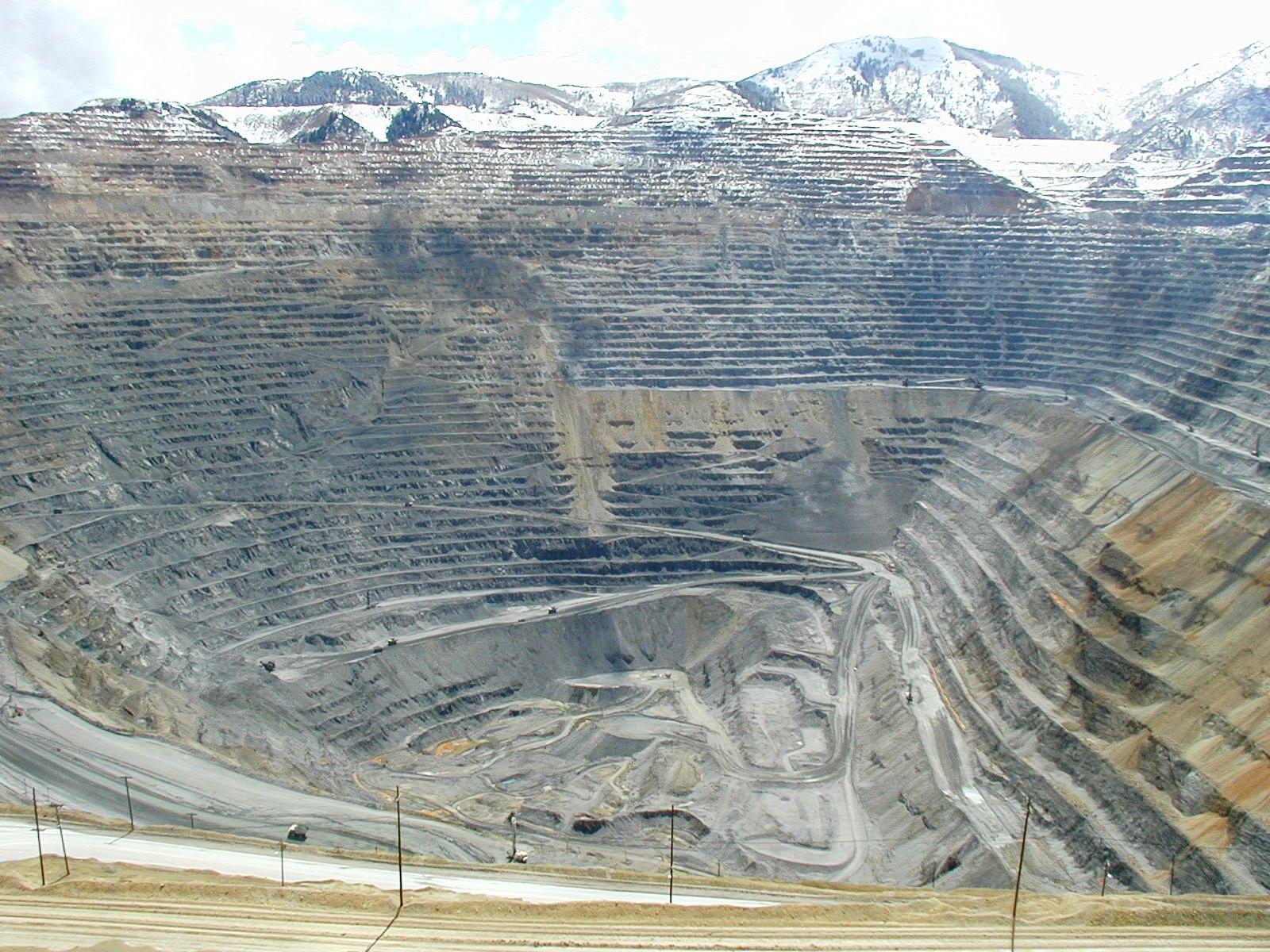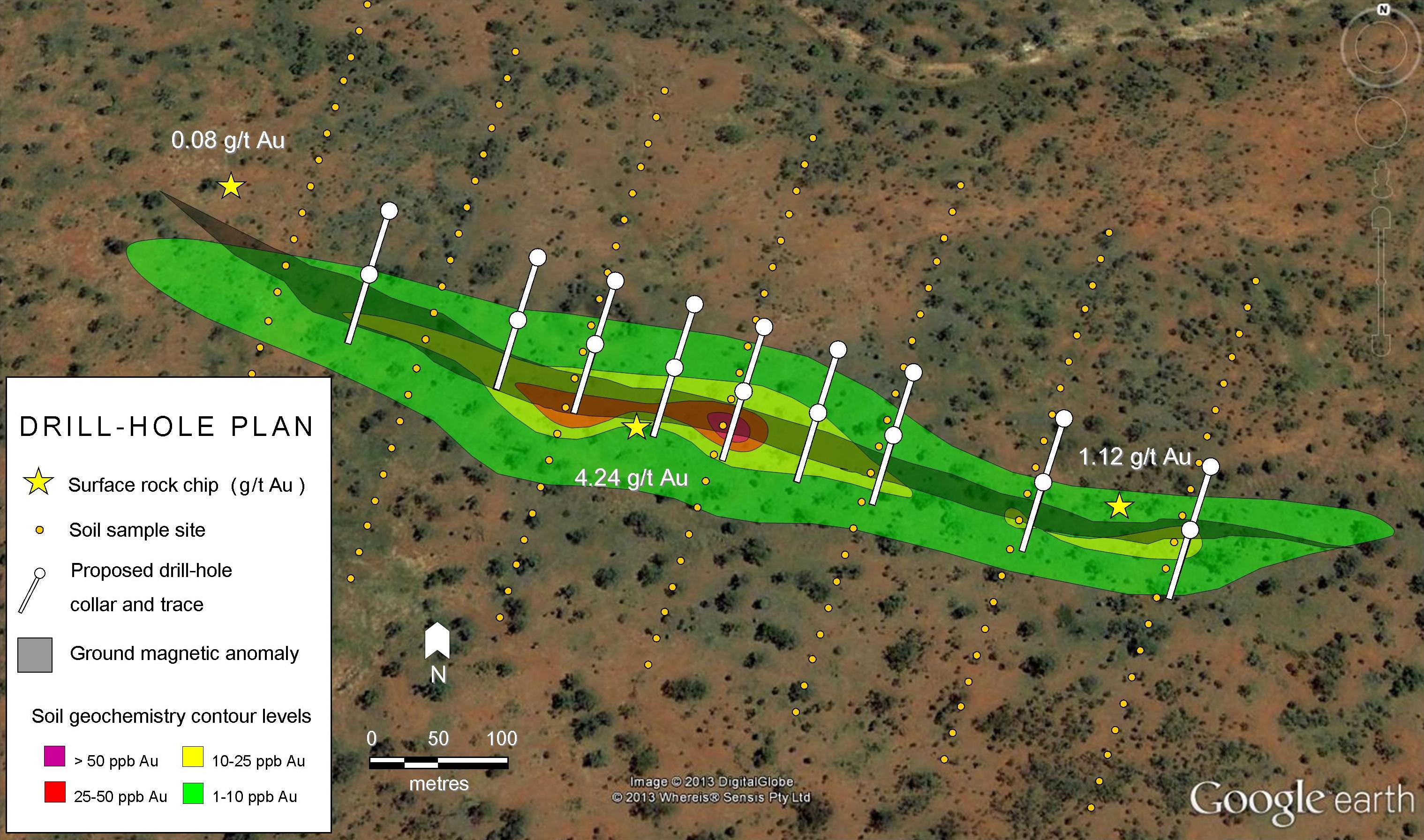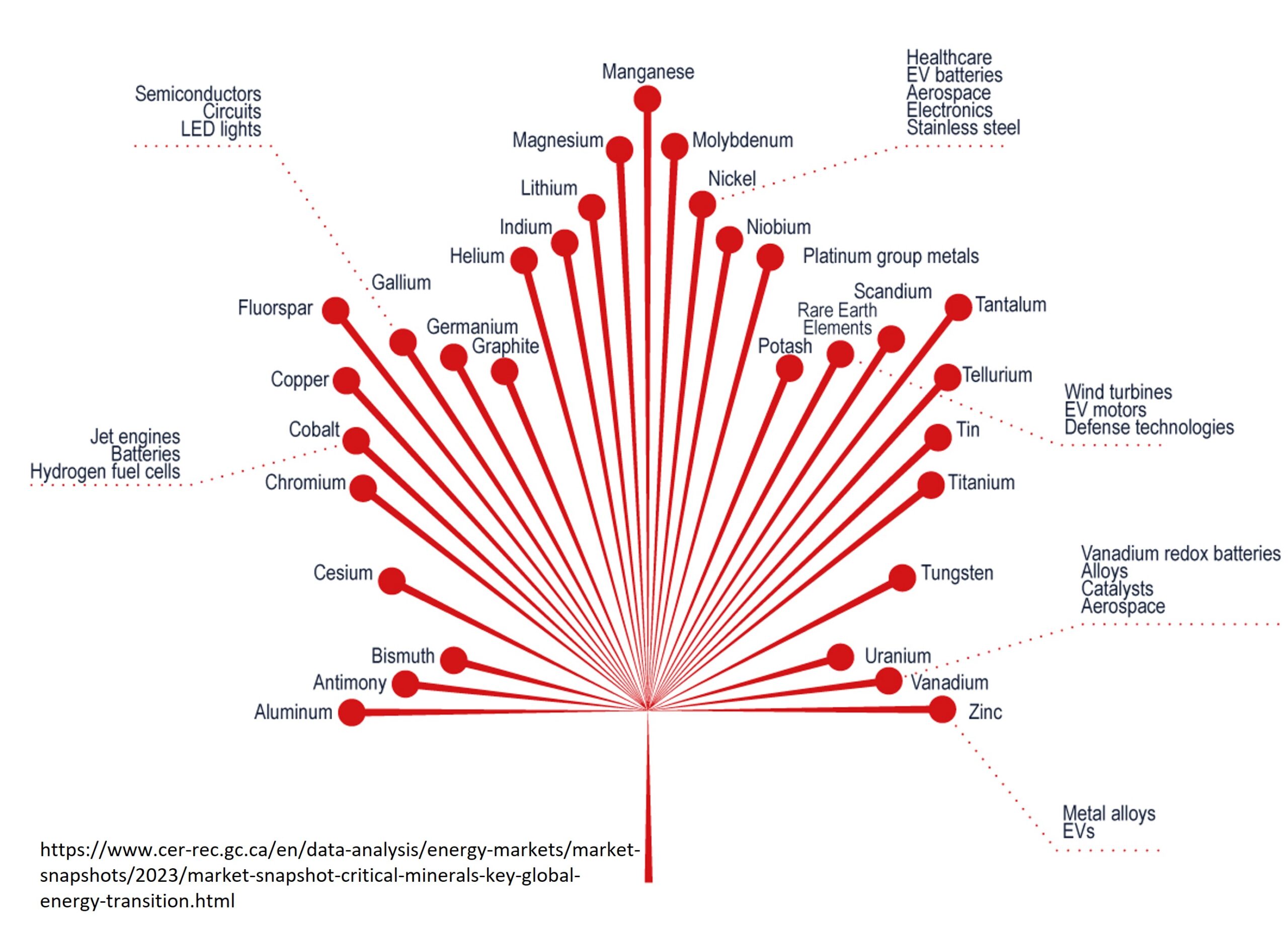Pegmatites are the major source of gem-quality minerals throughout the world. They typically host perfectly clear topazes, tourmalines, beryls and are mined globally: from Brazil (the Minas Gerais region), to Ukraine (Volyn pegmatite field, near Volodarsk-Volynsk), Russia (Alabanshka pegmatite district in the Urals), US (The Sawtooth Batholith, Colorado; San Diego County, California), Nigeria (Ibadan area) and Finland (Karelia Province near Luumaki). More than 70 colored minerals are extracted from these bodies, including emerald (green, Cr or Cr–V bearing beryl), alexandrite (a variety of chrysoberyl), aquamarine, heliodor, morganite (blue, yellow and pink varieties of beryl correspondingly), topaz, spessartine, spodumene indicolite, rubellite, verdelite and liddicoatite (blue, red, green and light-brown varieties of tourmaline). Typically, all of these minerals are found within miarolitic cavities (gem-bearing pockets) in the core of pegmatitic body. The most distinguishing feature of pegmatites is the presence of extremely large sized crystals (e.g. gem-quality beryl measuring 55 x 18 x 16 cm in size and weighting 22 kg was extracted from Volyn pegmatite field, Ukraine). Additionally, pegmatites are also known to be a significant source of rare elements, such as Be, Nb, Ta, Sn, Li, Rb and Cs. This article will review the generally accepted model of the pegmatite formation and shed light into the geology of Volyn pegmatite deposit, Ukraine – one of the greatest sources of gem minerals in Europe.
Pegmatite Formation
Geologically, pegmatites can be defined as very coarse- to gigantic-sized (tens of meters) igneous rocks of commonly granitic (high silica, low magnesium) with minor gabbroic or even ultramafic (low silica, high magnesium) composition. However, gem deposits refer only to those of granitic composition. While pegmatite occurrences are not uncommon, those bearing gem-quality minerals in mineable quantities are exceedingly rare.
The most widely accepted model of pegmatites formation is “fractional crystallization”. Initially, as magma cools, Fe-Mg rich minerals (olivine, pyroxene) crystallize first and the melt composition evolves towards granitic one where a specific set minerals begins to form (enriched in Si, Al, Na, K – quartz, feldspar and mica). During this process, a part of elements called incompatible elements, unsuitable in size and charge to occupy the cationic sites of the minerals crystal lattice, will steadily saturate the melt. Consequently, the residual melt, also called “pegmatitic melt” becomes enriched in these elements (e.g. Li, Be, B, Cs, P, Rb, Ba, Sr, Ta, Nb, Hf, Ti, REE), volatiles and fluxes (H2O, F1-, Cl1-, CO32-, Li1+) which are essential in gem-bearing pockets formation. Since this type of the melt is less dense, it is accumulated at the top of the igneous body. However, the presence of pegmatitic melt is not the only condition for gem formation. There should be a place for unhindered crystal growth like pockets (miarolitic cavities), which are formed when volatiles are released as bubbles and trapped in the viscous, solidifying melt during the decompression (magma uplift, pressure release).
Pegmatites crystallize inwards from their contacts with country rocks. The idealized scheme is (from outer parts of pegmatitic body to the core) as follows:
- Border zone of fine-grained granite
- Wall zone represented by coarser granite or “graphic granite” (quartz + K-feldspar intergrowth)
- Outer (Intermediate zone) is progressively coarser to giant size crystals (blocky K-feldspar + development of pockets)
- Core margin (inner intermediate) zone (giant crystals development + gem quality crystals of tourmaline, topaz and beryl)
- Core zone, which consist of massive quartz
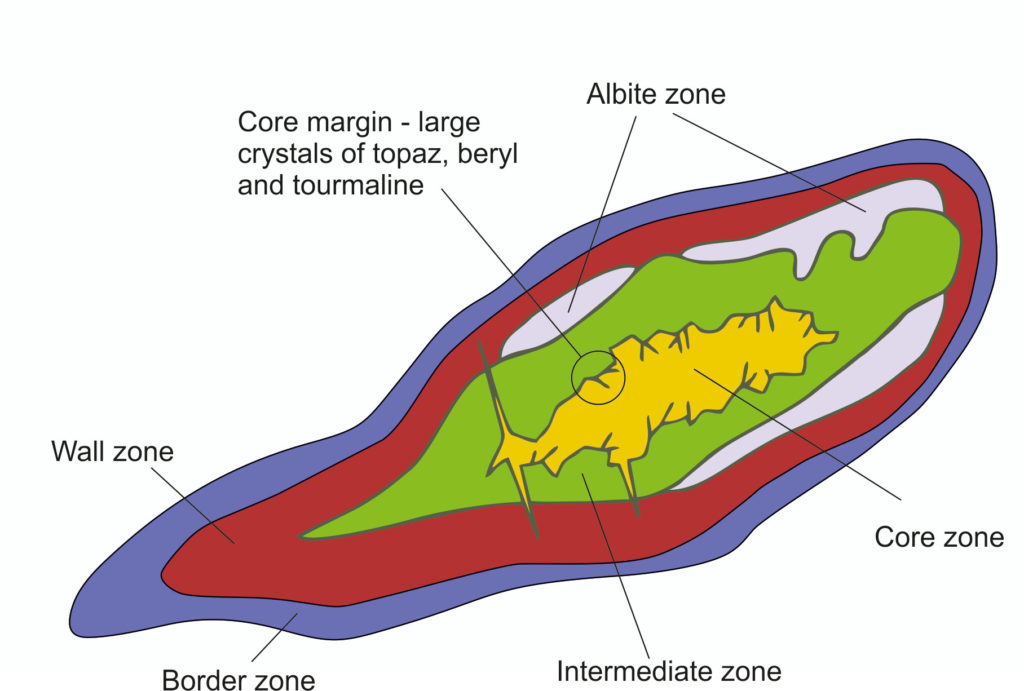
Volyn Pegmatite Deposit
The Volyn pegmatite deposit of gem stones (Zhytomyr region, Ukraine) is geologically related to southwestern part of the Korosten pluton (1.80–1.74-Ga gabbro–anorthosite–rapakivi granite complex of the Ukrainian Shield). More than 150 isolated pegmatitic bodies with miarols are identified and mined up to 100m depth along the contact near Volodarsk-Volynsky. The pockets inside these pegmatites are so large, that they are often called ‘chambers’. Economically valued topaz-morion-bearing pegmatites are present in forms of stocks (relatively small cupola-shaped bodies) with a zonal structure, ranging from 5-10 to 30-50 m in length. The pockets typically contain crystals of morion (a dark brown to black variety of smokey quartz), beryl, topaz and are filled with fine detrital quartz and clay-micaceous matrix. The crystals are often very impressive – morions weighing more than 1000 kg, beryls up to 22 kg, topazes up to 117 kg. The other minerals found in these pegmatites are zircon, ilmenite, pyrite, magnetite, rutile, fluorite, hematite, limonite, garnet, tourmaline, molybdenite, cassiterite, epidote, apatite, etc.
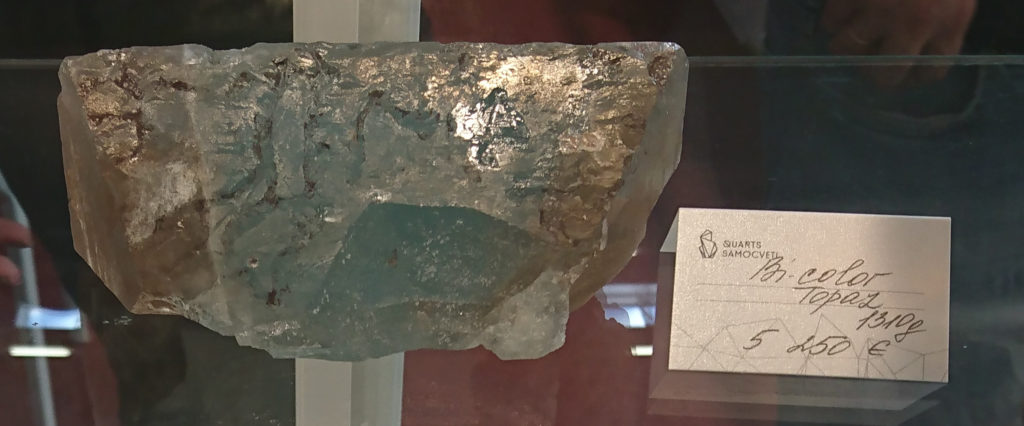
Volyn topazes are light blue, pinkish-red – wine and polychrome – blue and brown colors in one sample. The most distinguishing feature of topazes from this deposit is white-grayish casing of clay-mica material and the inclusions of fluorites, which resemble triangles like fish tails. Accordingly, these samples are commonly called ‘aquarium topazes’ and are highly prized by mineral collectors from all over the world. Clear cut blue topazes price range from $10 to $100 per carat, depending on color, clarity and cut of stone.
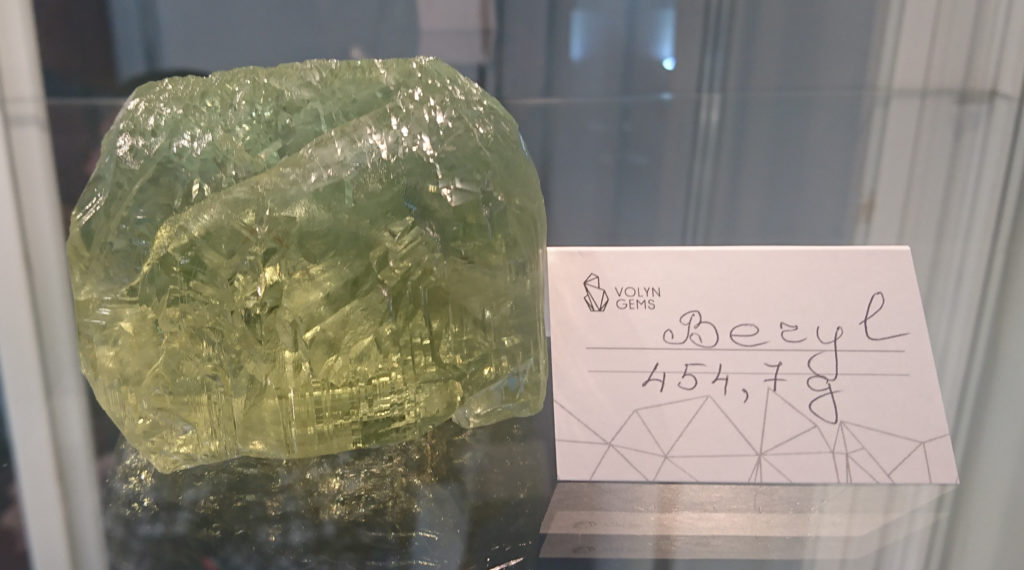
Typical varieties of Volyn beryl are aquamarine and heliodor. These beryls are interesting and unique due to the presence of leaching surfaces. The samples with these surfaces are highly valued and much desired in mineral collections. One carat of faceted Volyn beryl typically sells for $80.00.
Conclusion
While the gemstone market is constantly evolving, the prices of natural, high-quality colored stones has tended to rise over time. Good quality colored gemstones are far more rare than diamonds and as traditional sources of these gems are mined out, newer deposits – the products of a unique and rare geologic history – become increasingly important.
Further Reading
- An academic paper on the genesis of pegmatites: Pegmatite genesis: state of the art.
- Mineralogy of pegmatites (PDF)
- Pegmatite classification and subdivision. (Mindat)
- Volyn Gems: Currently operates a mine in the Volyn pegmatite deposit, Ukraine (Website)

